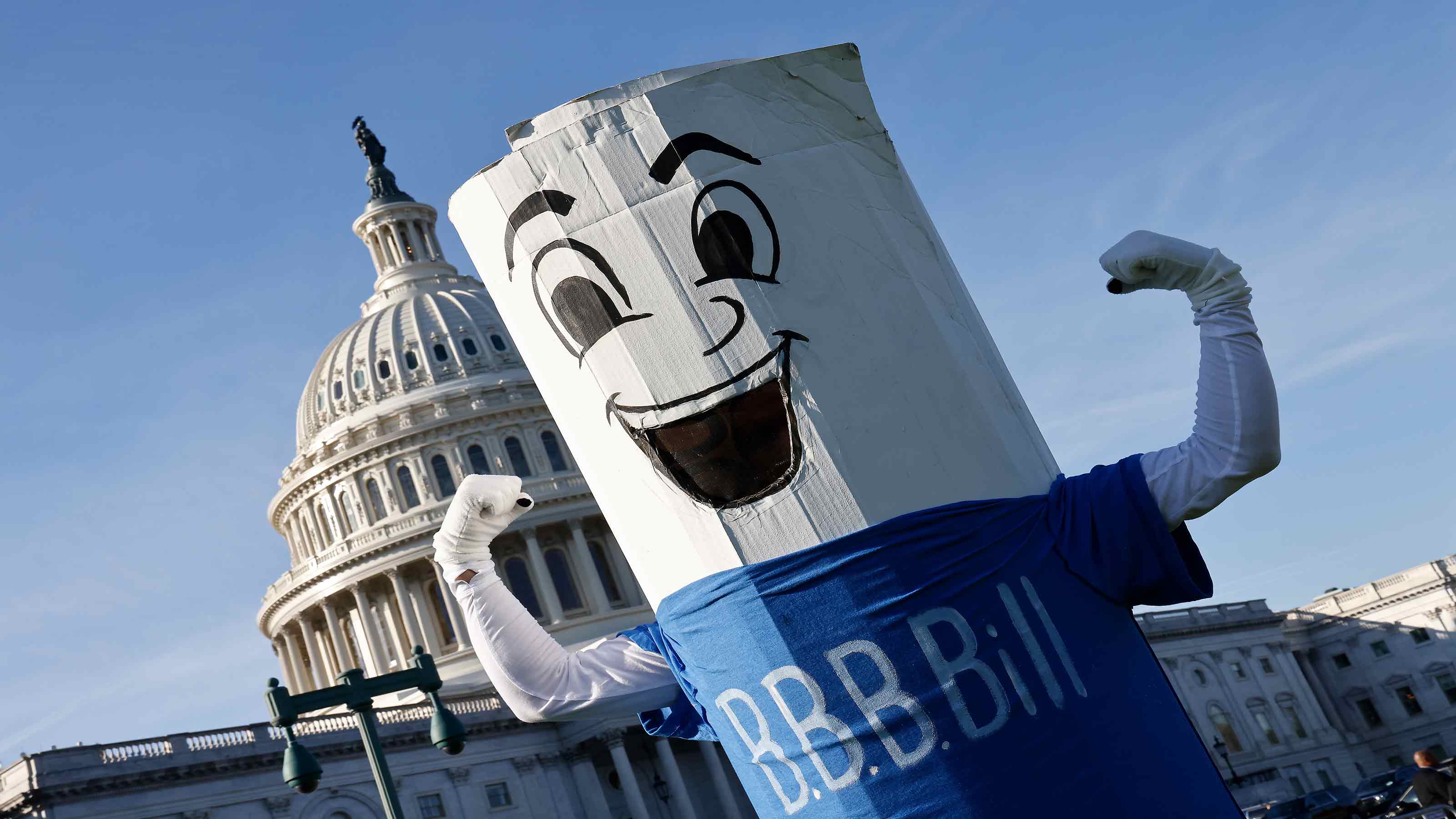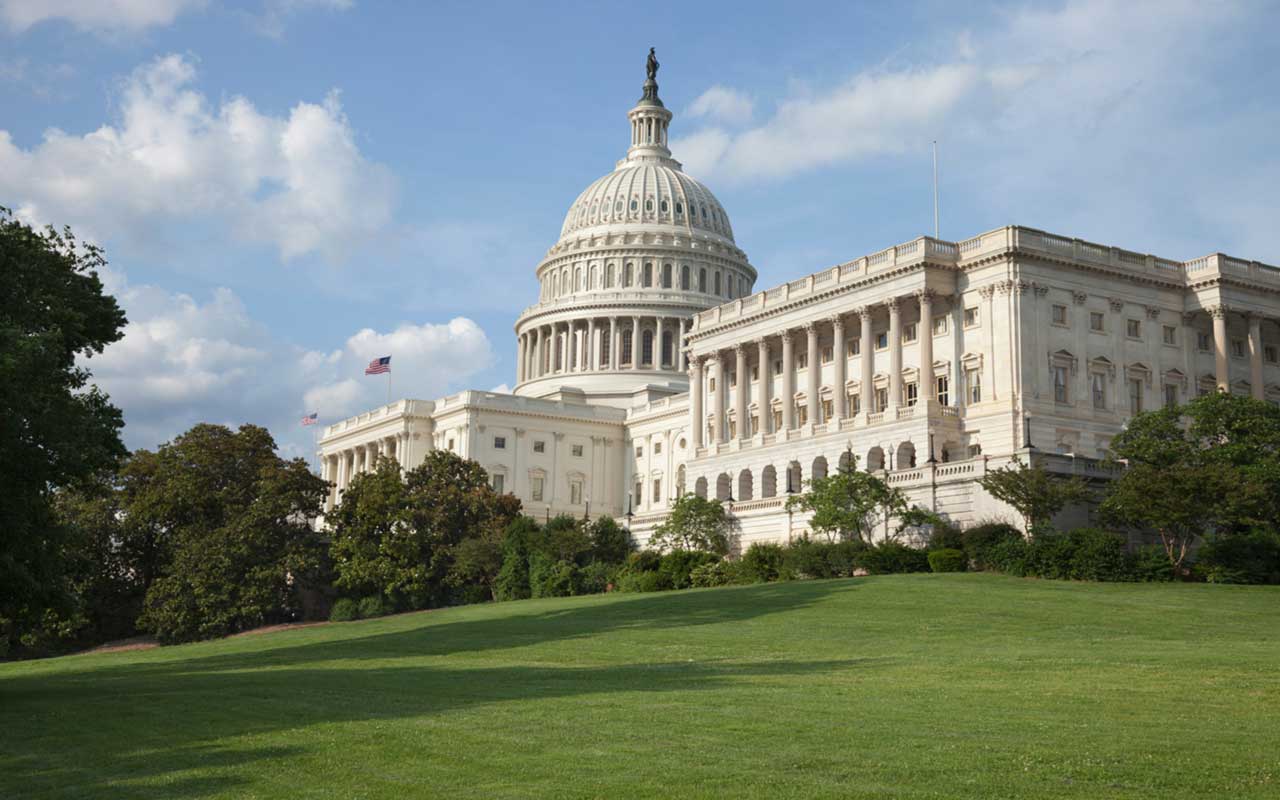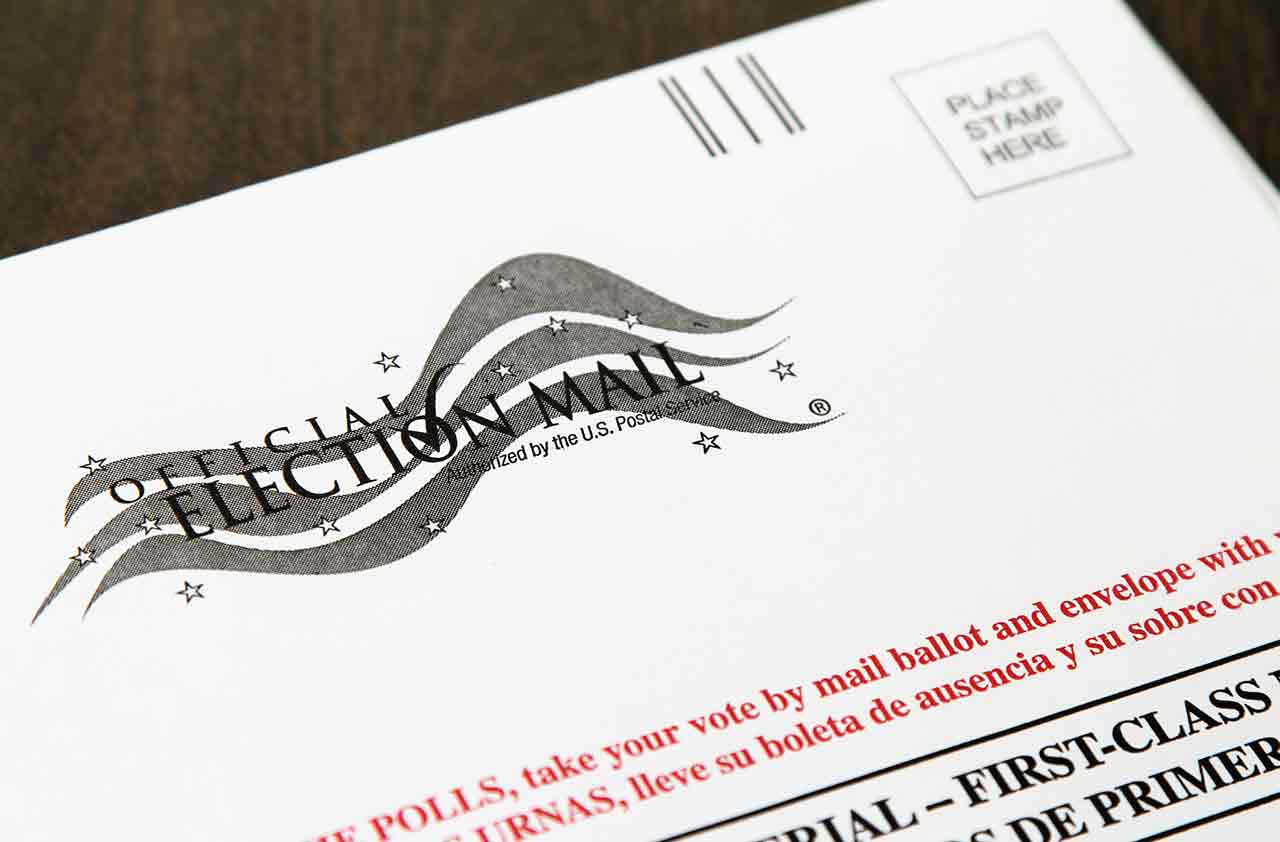NASA's Next Big Steps May Be Unmanned
The price of a putting human feet on the moon again is beyond sky-high.

The national space agency's biggestdreamers and best engineers are still aiming for a return mannedmission to the moon by 2020 followed by a pioneering mission to Mars adecade or so later. That's their official goal in theory and onesanctioned by Congress. But the cost estimates are simply crushing, andmounting federal deficits will require the agency to rein in itsbiggest plans by a galactic scale or two. Look for lots more attentionto be lavished on unmanned space science in the next decade.
Early cost estimates of about $1 trillion over 25 years to return to the moon and later plant a flag on Mars are causing more than a few budget migraines, and the technological challenges of the ambitious project are myriad and steep.
The cost alone will prompt the Obama administration, under pressure to show spending restraint in an era of towering deficits,to reassess and sharply curb back the entire Moon-Mars space travelprogram while the program is still in its early stages, althoughseveral billion dollars have already been poured into it in research,testing and development of rockets.
From just $107.88 $24.99 for Kiplinger Personal Finance
Be a smarter, better informed investor.

Sign up for Kiplinger’s Free Newsletters
Profit and prosper with the best of expert advice on investing, taxes, retirement, personal finance and more - straight to your e-mail.
Profit and prosper with the best of expert advice - straight to your e-mail.
NASA's fiscal 2010 budget is about $18.7 billion, and space science experts sayanother $3 billion to $5 billion in each of the next few years-- followed by many more billions in 5-10 years -- will be needed tomeet the 2020 moon return goal. Then literally hundreds of billionsmore would be needed to go to Mars and back in the following 15 or soyears, and commitments on spending that money would need to be made inadvance. That's becoming a huge red flag in Congress.
Look for the debate over manned vs. unmanned space exploration to get more fuel this week as NASA flight-tests its Ares 1-X rocket, the developmental rocket that is part of the agency's Constellation program intendedto replace the aging space shuttles and keep alive U.S. manned spaceexploration. The space shuttles will be retired in the next three tofive years, well past their original retirement date at the end of 2010.
The manned space program, as envisioned by Constellation, won't bescrapped entirely by Congress. Much work has already been done, andsupport is spread fairly broadly throughout Congress. A good deal ofthe work is done in states with large congressional influence: Texas,California, New York, Virginia and others.
The manned space program will be curtailed, though, and probablysharply. The Moon-Mars project will probably remain a stated goal forthe agency, but only a goal. That will allow some research to continuebut without full-scale funding to go with it.
Manned space missions in the next couple decades, via theConstellation program, may not involve the moon or Mars at all, butperhaps near-earth objects, such as asteroids and comet flybys andspace station and satellite servicing -- not as ambitious as aMoon-Mars mission, but far more cost conscious.
About one-half of NASA's budget is spent on human space endeavorwork, from the rockets and the engineers to the astronauts and thespace centers, the Constellation program and work with dozens ofcontractors.
In comparison, about one-fifth of the agency budget is spent onunmanned or robotic space exploration missions - far smaller inproportion. But the unmanned missions are gaining favor, not onlybecause they are more economical but because they also produce verygood science and technology innovation and have less risk associatedwith them.
NASA is currently managing 65 robotic space probe missions -- fromthe Hubble Telescope to space radiation probes and interplanetary craft- and another 40 unmanned probes are in various stages of development.Several planned probes aim to learn more about the sun andits composition, about sun spots and sun flares and solar radiation inthe solar system affecting Earth and the planets. Others will studyso-called dark matter in the universe, and others will search for moreplanets in distant solar systems.
As talk of Moon and Mars begins to fade in light of the cost, lookfor more attention and funding on the unmanned missions. That will be abenefit for a variety of contractors that work on smaller-scaleunmanned probes, including Alliant Techsystems, Wyle Laboratories, InDyne, Jacobs Engineering Group and ITT.
The typical unmanned space mission costs $300 million, start tofinish. For comparison, that is less than the cost of one shuttleflight to the International Space Station,which is still seven shuttle trips away from being complete and whichis expected to end its service life in 2016-2017. That's about the timethe Constellation program should be operational, even if the Moon-Marsproject has been shelved by then.
Profit and prosper with the best of Kiplinger's advice on investing, taxes, retirement, personal finance and much more. Delivered daily. Enter your email in the box and click Sign Me Up.

-
 The Original Property Tax Hack: Avoiding The ‘Window Tax’
The Original Property Tax Hack: Avoiding The ‘Window Tax’Property Taxes Here’s how homeowners can challenge their home assessment and potentially reduce their property taxes — with a little lesson from history.
-
 Is Mint Mobile's Home Internet a Game-Changer or Just Another Option?
Is Mint Mobile's Home Internet a Game-Changer or Just Another Option?Mint Mobile recently unveiled its new home internet service. We break down how it works so you can determine if it's a great value for your needs.
-
 AI Regulation is Looming: Kiplinger Economic Forecasts
AI Regulation is Looming: Kiplinger Economic ForecastsEconomic Forecasts Find out what Washington and regulators have planned for artificial intelligence.
-
 The Biden Tax Plan: How the Build Back Better Act Could Affect Your Tax Bill
The Biden Tax Plan: How the Build Back Better Act Could Affect Your Tax BillPolitics Depending on your income, the Build Back Better Act recently passed by the House could boost or cut your future tax bills.
-
 Kiplinger's 2020 Election Forecast
Kiplinger's 2020 Election ForecastPolitics For nearly a century, The Kiplinger Letter has forecasted the outcome of presidential elections to keep readers informed of what's coming and what it means for them. Here's our call for 2020.
-
 The 2020 Election and Your Money
The 2020 Election and Your MoneyPolitics We’ve assessed how the presidential candidates’ stances on financial issues will affect your wallet.
-
 5 HEROES Act Provisions with a Good Chance of Becoming Law
5 HEROES Act Provisions with a Good Chance of Becoming LawPolitics The massive federal stimulus bill just passed by the House of Representatives is "dead on arrival" in the Senate. But a few proposals in the bill have enough bipartisan support to eventually become law.
-
 Vote by Mail: A State-by-State Guide to Absentee Ballot Voting
Vote by Mail: A State-by-State Guide to Absentee Ballot VotingPolitics With health authorities recommending people continue to social distance, the idea of voting by mail is becoming an increasingly hot topic.
-
 9 Ways COVID-19 Will Change the 2020 Elections
9 Ways COVID-19 Will Change the 2020 ElectionsPolitics The 2020 election will be like no other in history, as the COVID-19 pandemic will upend the business of politics as usual.
-
 How to Run for Local Office
How to Run for Local OfficePolitics If you’ve ever thought that you could do a better job than the elected officials currently in office, here’s how to launch a campaign—and win.